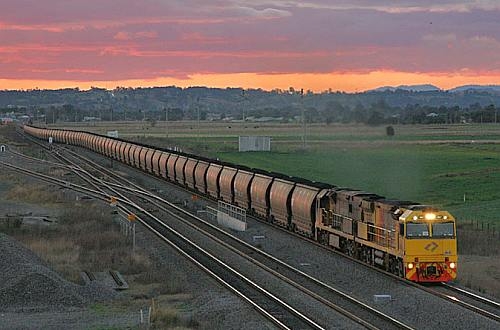Federal rail funding will increase from $A 740m ($US 594m) in 2014-14 to $A 1.08bn the following year and $A 1.3bn in 2016-17 before dropping back to $A 954m in 2017-18 and $A 674m in 2018-19. While funding is being maintained for rail projects already underway there is no new funding for schemes such as the Inland Rail project in the east of the country, although the federal government says it will commit additional funds in future budgets.
This compares with huge increases in road infrastructure spending from $A 4.2bn in 2014-15 to $A 5.9bn in 2015-16 and a peak of $A 8.4bn in 2016-17 before dropping back to $A 4.2bn in 2018-19. The federal government has maintained its pledge of $A 3bn for the east-west toll highway in Melbourne which the Victorian government has cancelled.
The Australasian Railway Association (ARA) has expressed disappointment at the budget. "Federal contributions to state government rail projects have effectively halved between this budget and the last, making up less than 5% of the $A 8.6bn infrastructure spend in 2015-16," says ARA's acting chairman Mr Bob Herbert.
Federal funding for urban rail schemes will drop from $A 515m in 2014-15 to $A 227m in 2015-16 and just $A 17m by 2018-19. Herbert says these projects are now approaching a funding cliff. "The federal government's continued approach of prioritising roads over rail will not address the long-term transport needs of our growing cities," Herbert says.
Herbert is also concerned about money being diverted from rail to road: "We are seeing money earmarked for rail projects, such as the $A 187.5m savings from the successful delivery of Regional Rail Link, being allocated to improving highway infrastructure that directly competes with Victoria's regional rail system."

Federal spending on rail and road infrastructure.

Federal funding for rail and urban rail.

